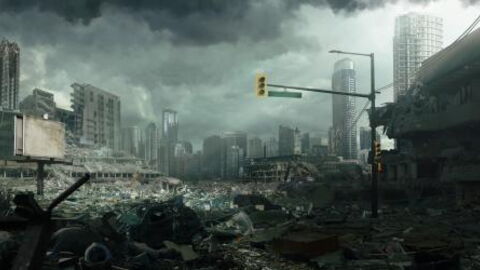The Baltic Sea is like an experimental field for researchers. Extremely affected by the consequences of global warming, it offers a glimpse of the situation that is awaiting the oceans in a few years. However, the weakening and the disappearance of its marine life is not at all reassuring.
Discover our latest podcast
Marine massacre
In the 1990s, the herring population was reduced to one-third of its size, while cod became increasingly meagre-looking. ‘It looked like they were starving,’ ecologist Jan Dierking comments on Baltic Sea fish. They are not the only ones to suffer from the situation: starfish and other fragile links in the marine fauna have indeed suffered severely in recent years.
The reason: global warming. Due to its size and location, the Baltic Sea experienced a new temperature rise this summer: 27 ° C. Very nice for bathers, but not for the creatures that have always lived there. As temperatures rise three times faster than in oceanic waters, its dead zones have increased ten-fold over the last 115 years, and its rate of acidification is still worrisome.
‘It can always get worse.’
The Baltic Sea is a fantastic life-size laboratory for researchers, who are able to observe the effects of global warming on species and how they are likely to transfer to the oceans. By disrupting the life cycle of a species, rising temperatures can cause chaos throughout the food chain. While some species disappear or are forced to emigrate, others migrate from other areas that have become too hot.
Although the European Union now has a large catalog of sanctions to limit the human impact on the sea, some problems - such as leakage of products used in agriculture - remain unresolved. Changing our modes of production, travel or consumption is always necessary, but even more so with this information in mind. ‘It's not a viable option to say it's hopeless [...] because it can always get worse, certainly,’ concludes researcher Thorsten Reusch.















